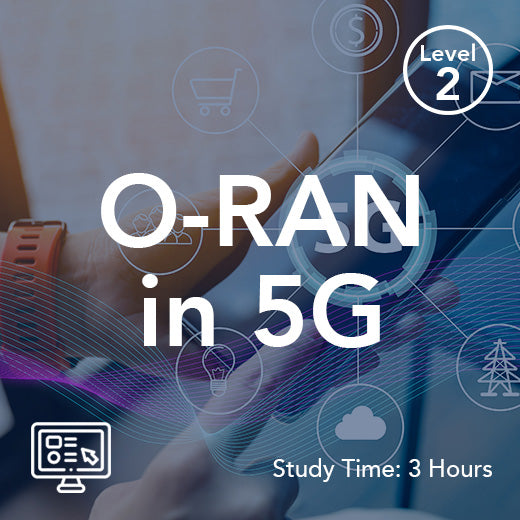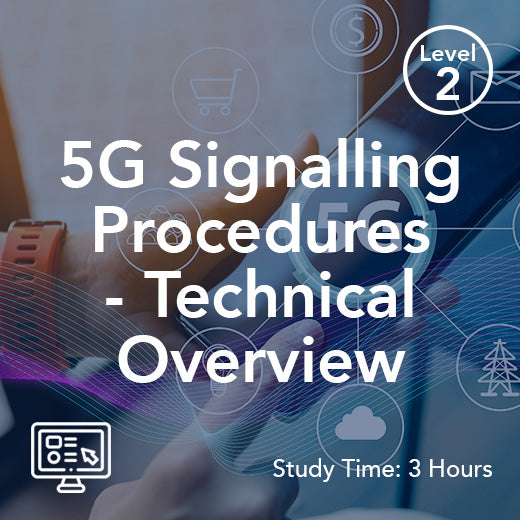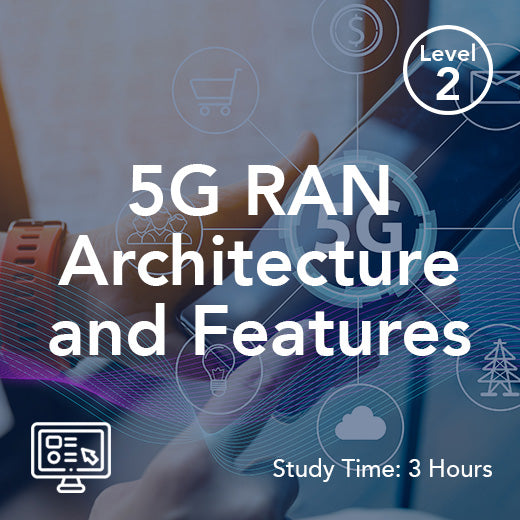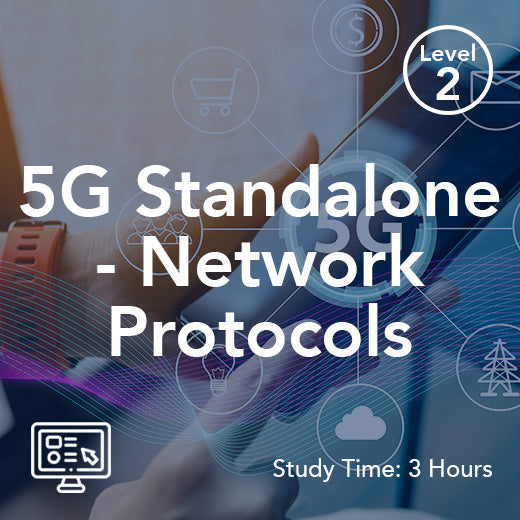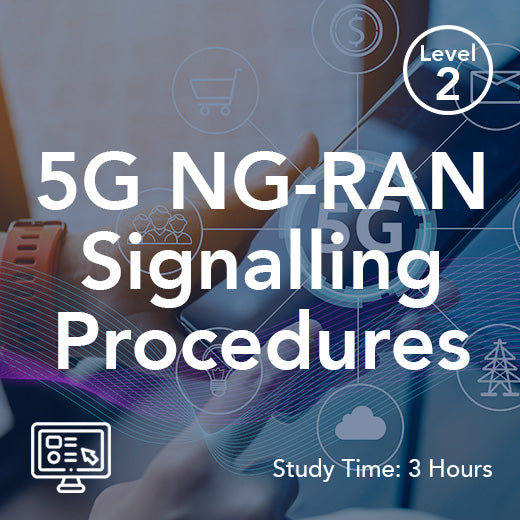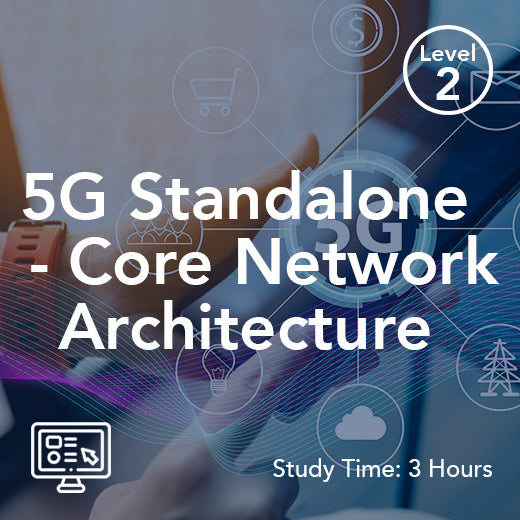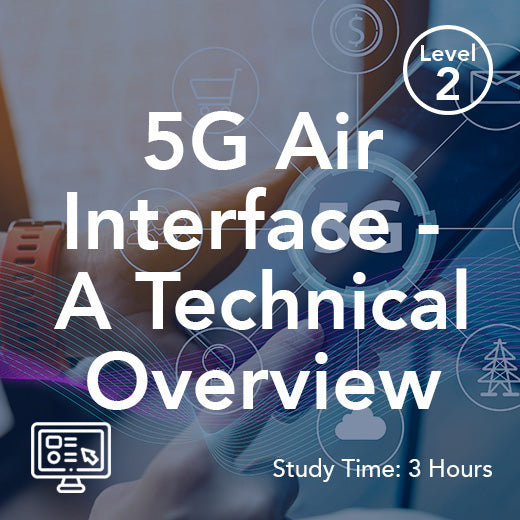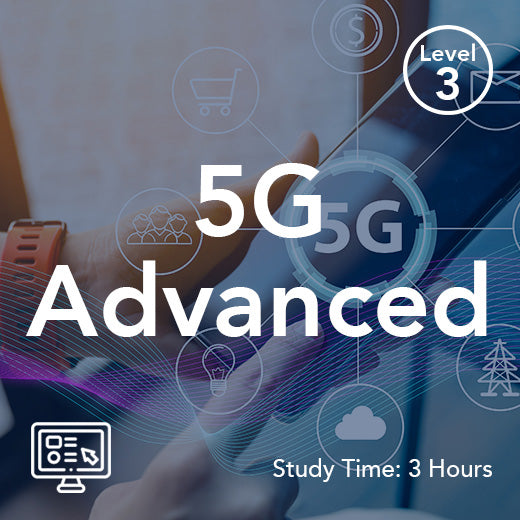What is distributed unit (DU) in 5G?
- , by Paul Waite
- 2 min reading time
With the advent of 5G technology, the concept of distributed unit (DU) has become increasingly important in the realm of telecommunications. The DU plays a crucial role in the architecture of 5G networks, enabling improved performance, scalability, and flexibility.
In simple terms, a distributed unit (DU) in 5G refers to a network element that is responsible for processing and forwarding data packets within a 5G network. It is essentially a key component of the radio access network (RAN) that helps in the distribution of processing tasks across multiple nodes, thereby enhancing the overall efficiency and performance of the network.
One of the key advantages of using distributed units in 5G networks is the ability to offload processing tasks from the centralized unit (CU) to the DU. This helps in reducing latency and improving the overall speed and responsiveness of the network. By distributing processing tasks across multiple units, the network can handle a larger volume of data traffic and provide a more seamless user experience.
Furthermore, the use of distributed units in 5G networks also enables better scalability and flexibility. Since the processing tasks are distributed across multiple units, it becomes easier to scale up or down the network based on the demand. This means that operators can easily adapt to changing network conditions and ensure optimal performance at all times.
Another important aspect of distributed units in 5G networks is the ability to support network slicing. Network slicing is a key feature of 5G technology that allows operators to create multiple virtual networks within a single physical network infrastructure. Each network slice can be customized to meet the specific requirements of different applications or services, such as ultra-reliable low-latency communication (URLLC) or massive machine-type communication (mMTC). By using distributed units, operators can efficiently allocate resources and manage network slices, ensuring that each slice receives the necessary processing power and bandwidth.
Overall, distributed units play a crucial role in the architecture of 5G networks, enabling improved performance, scalability, and flexibility. By distributing processing tasks across multiple units, operators can reduce latency, improve speed, and support network slicing. As 5G technology continues to evolve, the importance of distributed units is only expected to grow, making them a key component of next-generation telecommunications networks.
In simple terms, a distributed unit (DU) in 5G refers to a network element that is responsible for processing and forwarding data packets within a 5G network. It is essentially a key component of the radio access network (RAN) that helps in the distribution of processing tasks across multiple nodes, thereby enhancing the overall efficiency and performance of the network.
One of the key advantages of using distributed units in 5G networks is the ability to offload processing tasks from the centralized unit (CU) to the DU. This helps in reducing latency and improving the overall speed and responsiveness of the network. By distributing processing tasks across multiple units, the network can handle a larger volume of data traffic and provide a more seamless user experience.
Furthermore, the use of distributed units in 5G networks also enables better scalability and flexibility. Since the processing tasks are distributed across multiple units, it becomes easier to scale up or down the network based on the demand. This means that operators can easily adapt to changing network conditions and ensure optimal performance at all times.
Another important aspect of distributed units in 5G networks is the ability to support network slicing. Network slicing is a key feature of 5G technology that allows operators to create multiple virtual networks within a single physical network infrastructure. Each network slice can be customized to meet the specific requirements of different applications or services, such as ultra-reliable low-latency communication (URLLC) or massive machine-type communication (mMTC). By using distributed units, operators can efficiently allocate resources and manage network slices, ensuring that each slice receives the necessary processing power and bandwidth.
Overall, distributed units play a crucial role in the architecture of 5G networks, enabling improved performance, scalability, and flexibility. By distributing processing tasks across multiple units, operators can reduce latency, improve speed, and support network slicing. As 5G technology continues to evolve, the importance of distributed units is only expected to grow, making them a key component of next-generation telecommunications networks.


